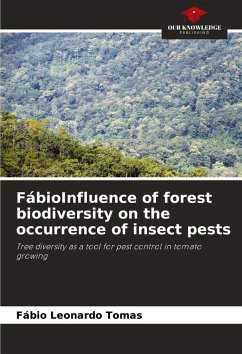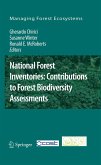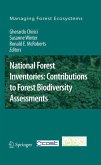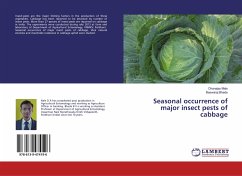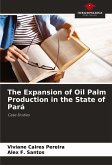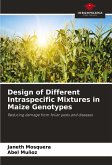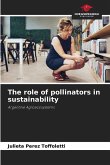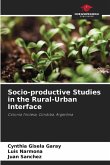Over the last few centuries of colonisation and occupation of South American territory by European agriculture, the forest component has been neglected in terms of its importance and functions. Today, against a backdrop of depleted soil fertility and a significant increase in pests and diseases in agricultural crops, there is a need to develop new alternatives for maintaining ecosystems and producing healthy food. In this book, the author seeks to broaden the vision of the usefulness and use of native forests as tools to support agricultural production. It is a new vision for the use of forests and expands the possibilities for breaking down the conflict between agricultural production and the conservation and environmental preservation of native ecosystems.
Bitte wählen Sie Ihr Anliegen aus.
Rechnungen
Retourenschein anfordern
Bestellstatus
Storno

